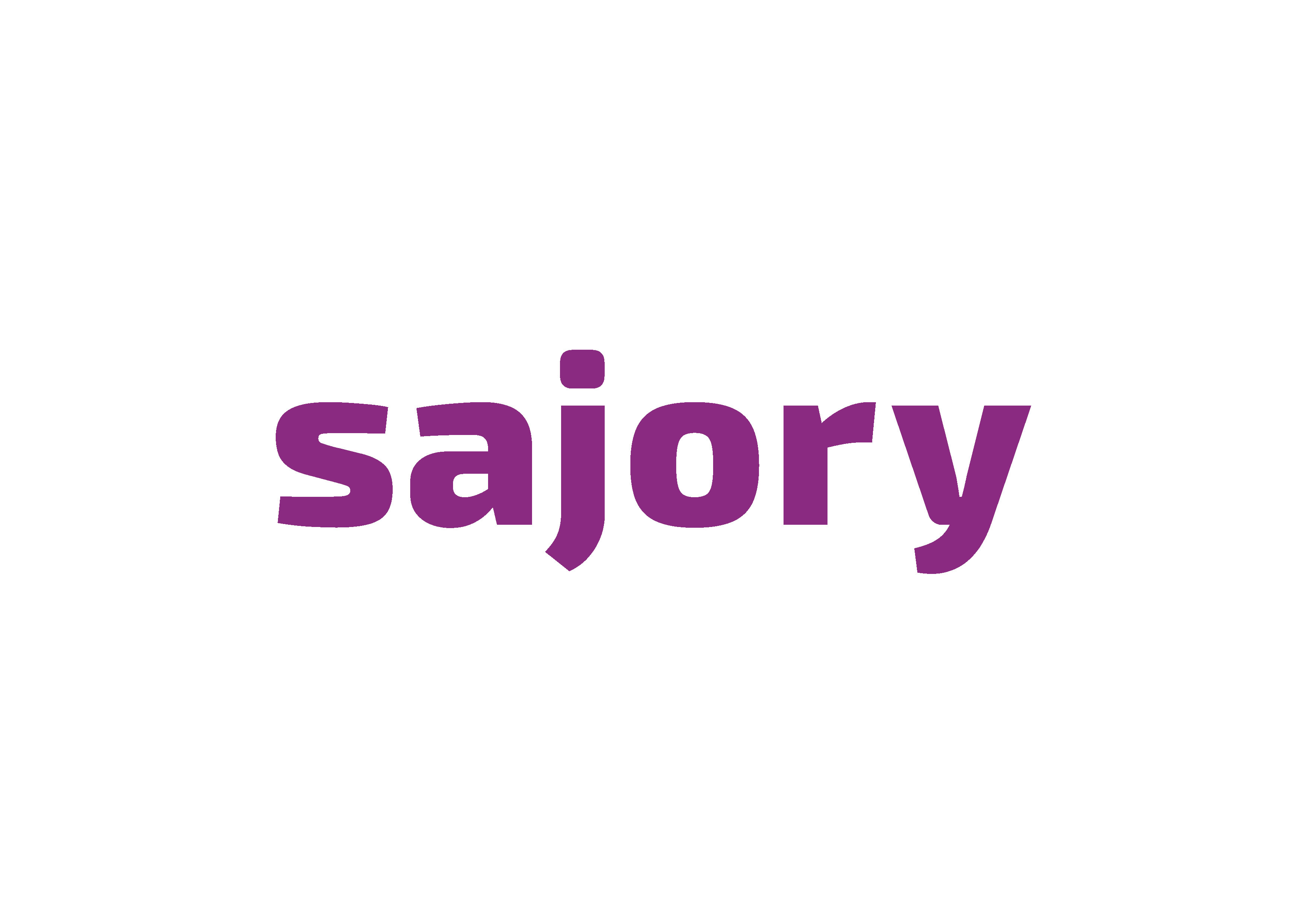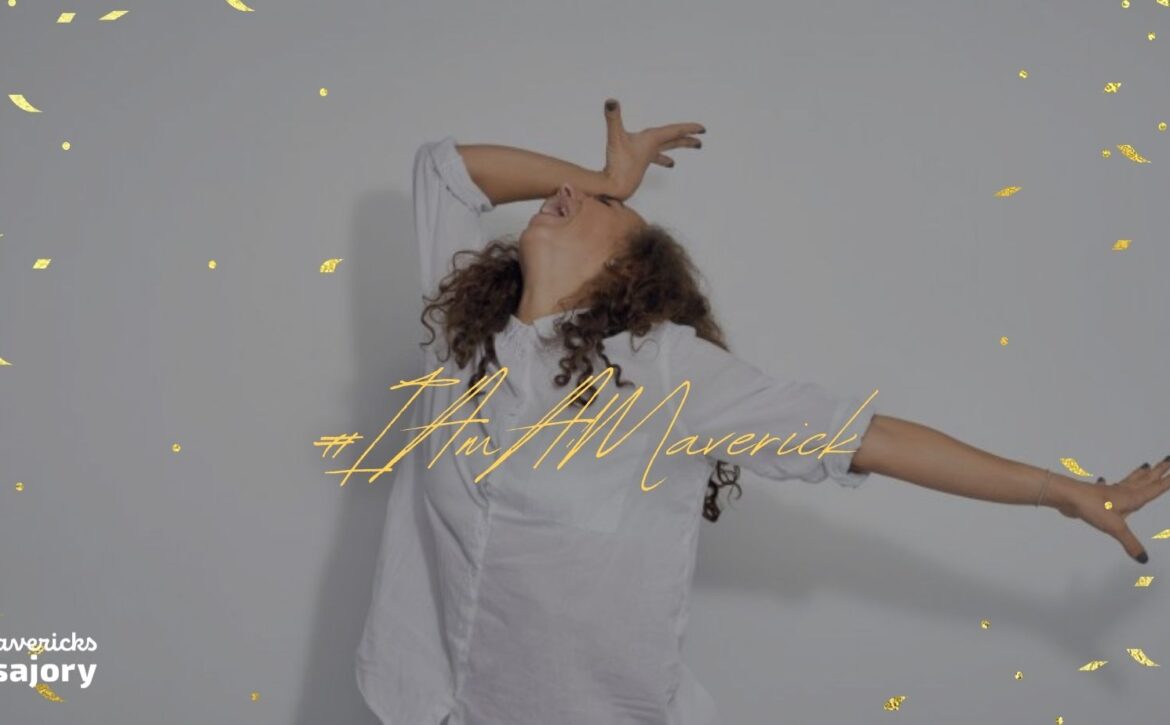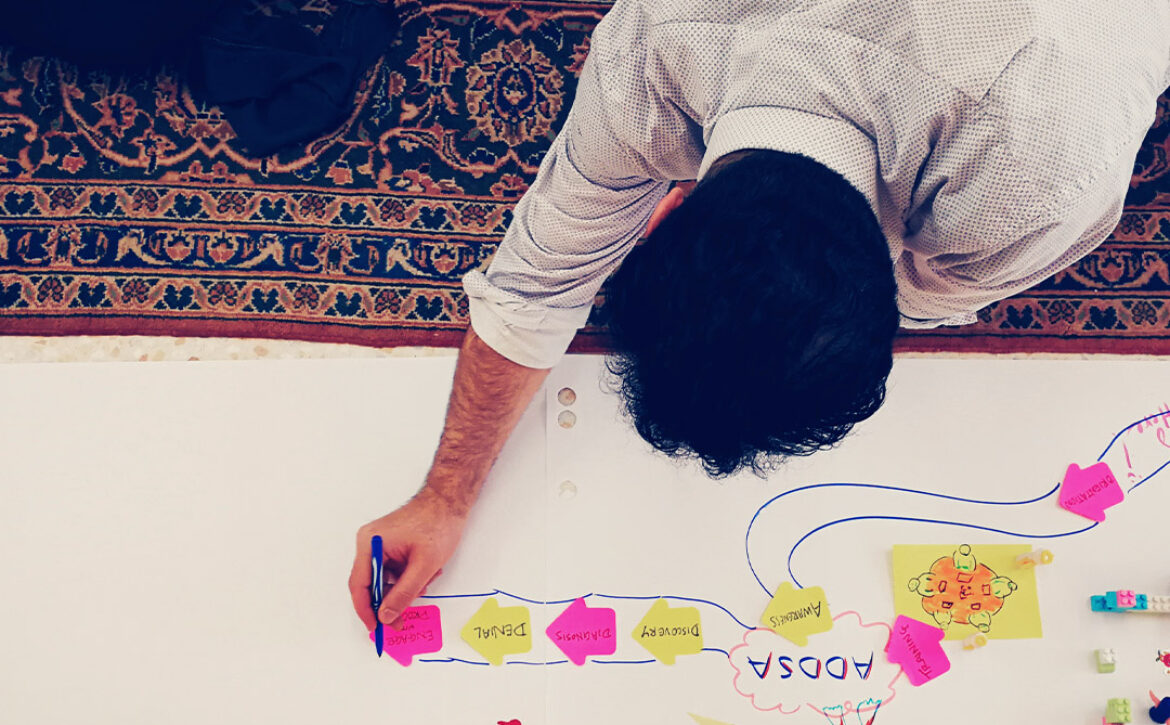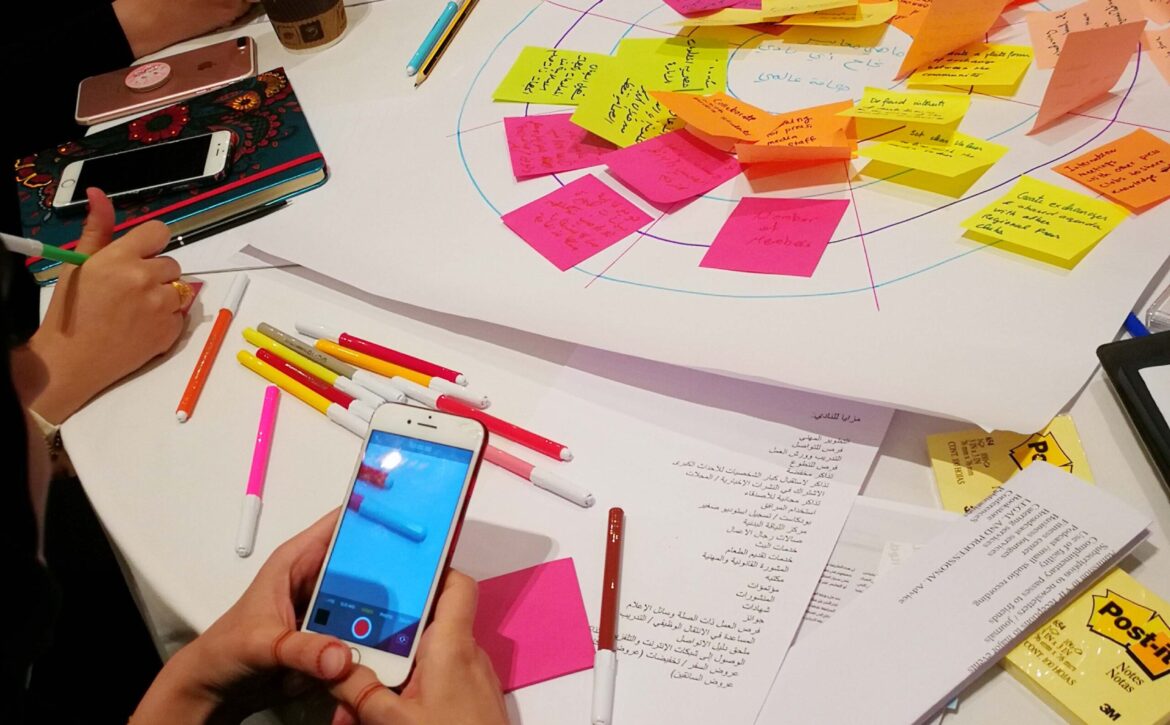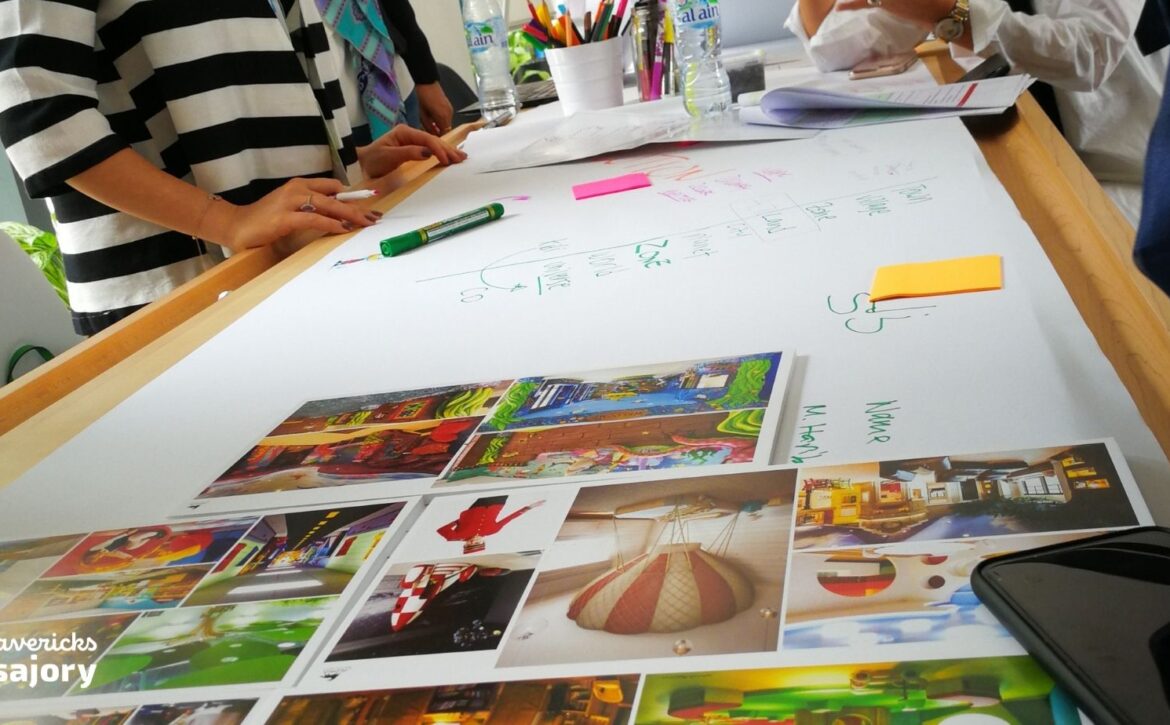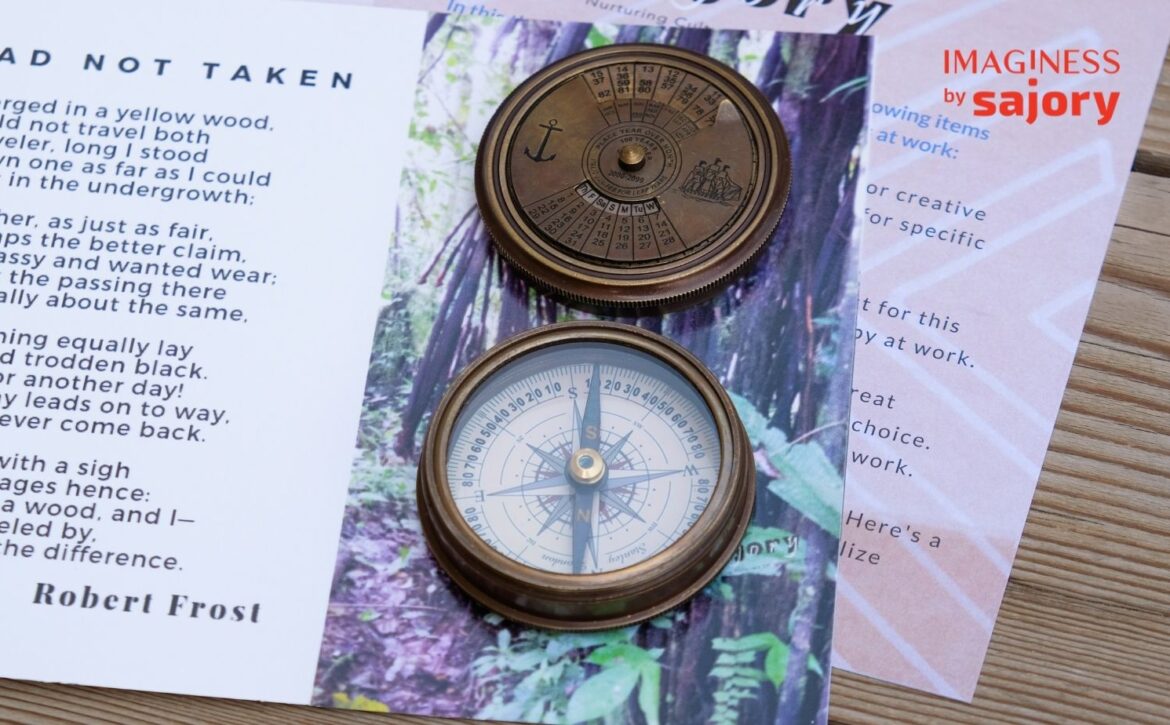“Don’t want to be sweet and neat
Don’t want someone living my life for me
Want to be free.”
Said Toyah in her song “I want to be free”.
The 80s are so last century, but the feeling of wanting to shed our skin to bring our true selves out is always in present tense. We feel like pretending to smile for the picture, not for a moment or two, but for long months and years on end. Ooh that face muscle must hurt so bad.
I was only 4 years old when this song came out. So I can’t say I remember it. Yet I remember clearly the freedom I sought in my childhood to choose my own friends without my parent’s approval, to travel solo to destinations I know nothing about, to experience life without a pre-approved itinerary. I followed mostly my intuition and it served me really well, until I started bringing logic into the picture so that I can explain my creativity better. I ruined a big part of it because of that limited freedom I put myself in.
We take this picture-perfect frame to work. We try to fit in with how we dress, act and even how we think. We don’t feel free to approach problems in new undiscovered ways.
Too risky. Or so we think.
But when someone suggests something radical and it gets approved, we moan and regret not sharing that same idea since we thought about it a week ago. We didn’t feel free enough to share it out loud and ruin that picture. Did you experience this lately?
I sometimes still do.
Here’s your permission to be, and act, free.
Start the day with a new routine. Experiment with your next meeting with a physical exercise. Write on the walls instead of typing on the computer. If it makes you alive and with a sense of freedom, why hold back? After all, the term “leisure time inventions” didn’t come out of nowhere. That’s when a new product or process occurs when the “inventor” is away from the workplace and in contact with people from outside his/her field of work.
Read: free.
And so Toyah continues ..
“We should live and let live
And all live our dreams
I’m going to turn this world inside out
I’m going to turn suburbia upside down
I’m going to walk the streets, scream and shout
I’m going to crawl through the alleyways, being very loud
I’m gonna be free
I’m gonna be free.”
~ Randah Taher

